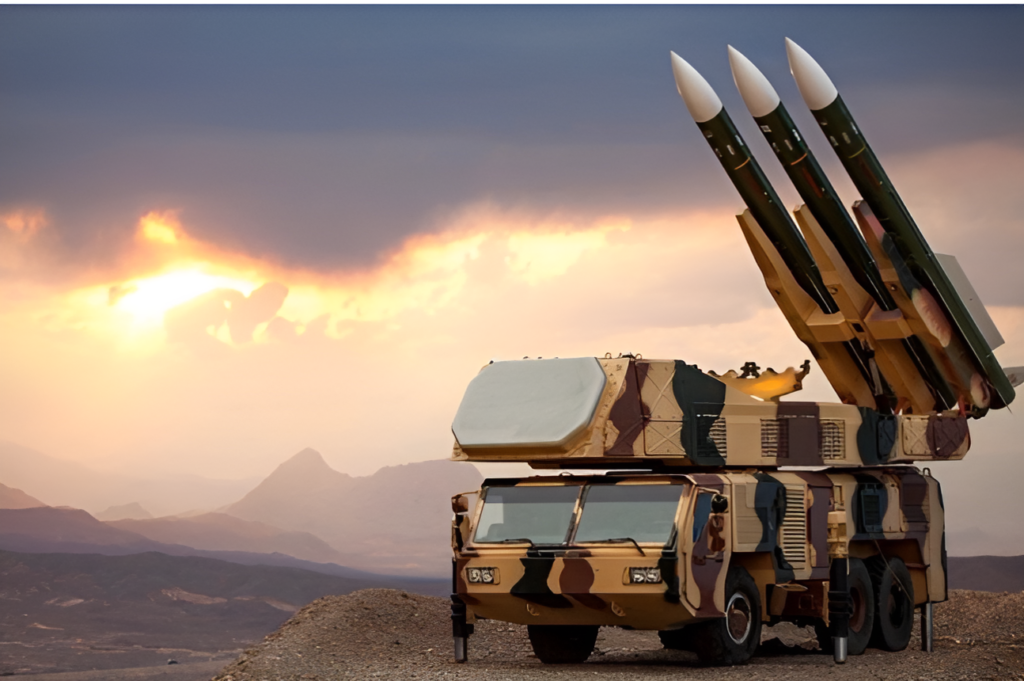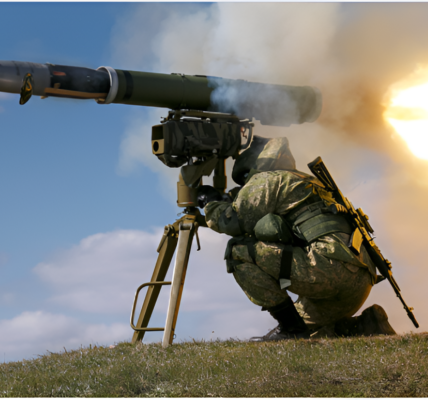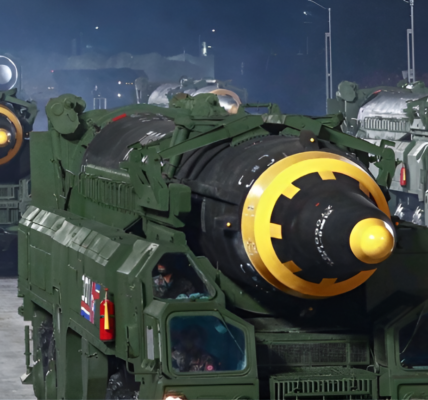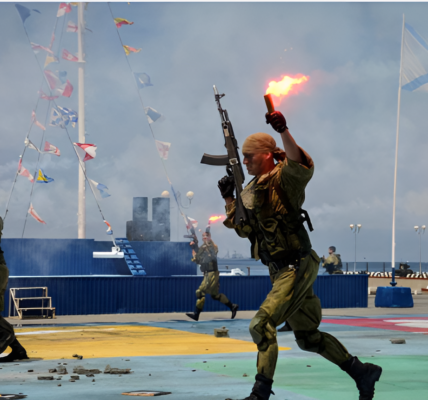
Iranian Armed Forces showcased their advanced air defense capabilities during the Eqtedar 1403 exercises in Isfahan province, simulating large-scale kinetic and electronic attacks. Designed to test the country’s readiness against real-world threats, the drills focused on defending critical infrastructure, including the highly sensitive Natanz nuclear material enrichment facility.
General Hossein Salami, commander of the Revolutionary Guard Corps, emphasized the realism of the scenarios and highlighted significant technological advancements in Iran’s air defense network. The exercises come amid heightened tensions, with reports suggesting that Israel may be planning strikes on Iranian nuclear facilities. This follows Israel’s recent military successes in Gaza and its collaboration with Turkey to intensify pressure on Syria, which have emboldened Israeli strategic ambitions in the region.
Fortifying Natanz
The Natanz facility, a cornerstone of Iran’s nuclear program, has undergone extensive fortification with the assistance of North Korean engineers. Reinforced concrete ceilings, doors, and walls have been added to withstand strikes from penetrative munitions. North Korean scientists and engineers are reported to have played a significant role in these upgrades. Natanz was previously targeted during the Obama administration through the Stuxnet cyberattack, which disrupted its operations, though Iran restored functionality sooner than anticipated.
Realistic Threat Simulations
The Eqtedar 1403 exercises involved intercepting simulated drone and cruise missile attacks, with Iranian air defense units deploying a coordinated network to neutralize incoming threats. The first phase of the drills, overseen by General Qader Rahimzadeh, commander of the Khatam Al Anbia Air Defense Base, tested defenses against low-altitude attacks supported by enemy electronic warfare. This phase aimed to evaluate the resilience of Iran’s systems against jamming and other electronic disruptions.
Advanced Defense Systems
Iran employed a mix of indigenous and Russian-supplied systems during the exercises, showcasing their growing defense capabilities:
- Dezful and Tor-M1: Short-range systems designed to intercept drones and cruise missiles.
- Dey-9: A domestically developed system capable of countering faster, more advanced projectiles.
- 3rd of Khordad: A medium-range air defense system comparable to Russia’s BuK-M2, previously combat-tested in 2019 when it successfully downed a U.S. RQ-4A surveillance drone operating in stealth mode.
- Tondar: A newly unveiled mobile short-range surface-to-air missile system designed for neutralizing drones and cruise missiles.
Strategic Implications
These exercises underscore Iran’s commitment to enhancing its air defense capabilities amid growing regional instability. The use of modern systems and the integration of electronic warfare countermeasures reflect Tehran’s focus on maintaining a robust defensive posture. As tensions with Israel escalate and regional dynamics shift, the drills send a clear message about Iran’s readiness to defend its critical assets against any potential aggression.
The Eqtedar 1403 exercises are not just a show of strength but a testament to Iran’s determination to adapt and modernize its military capabilities in an increasingly volatile geopolitical landscape.





